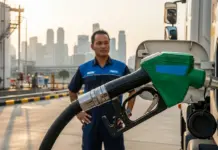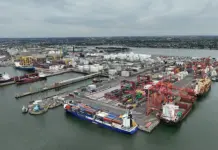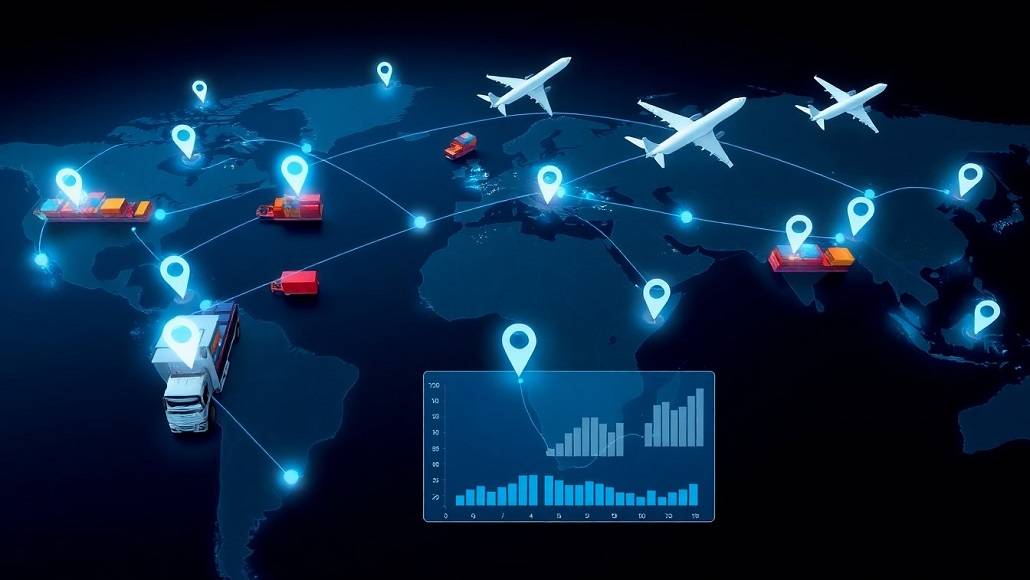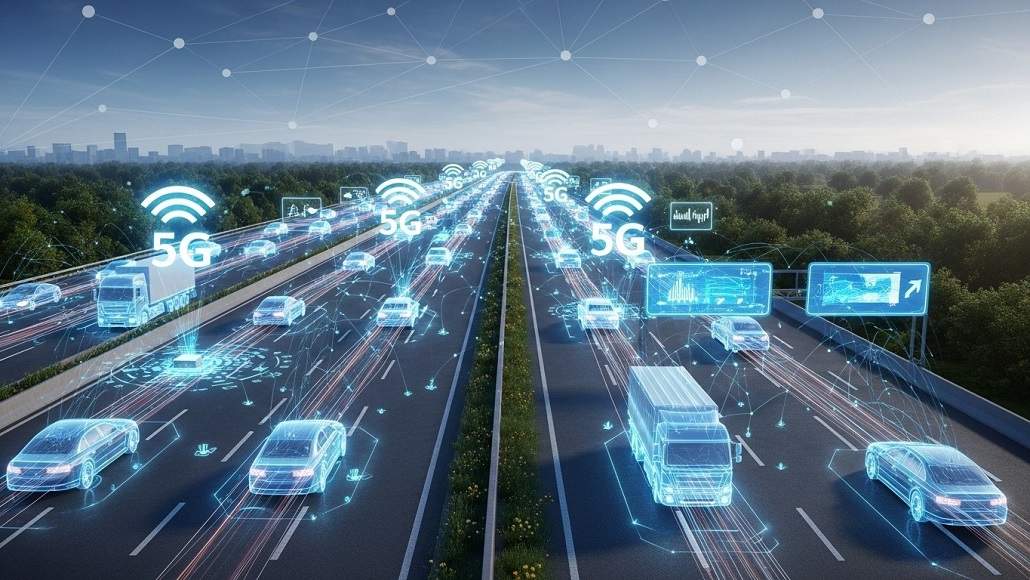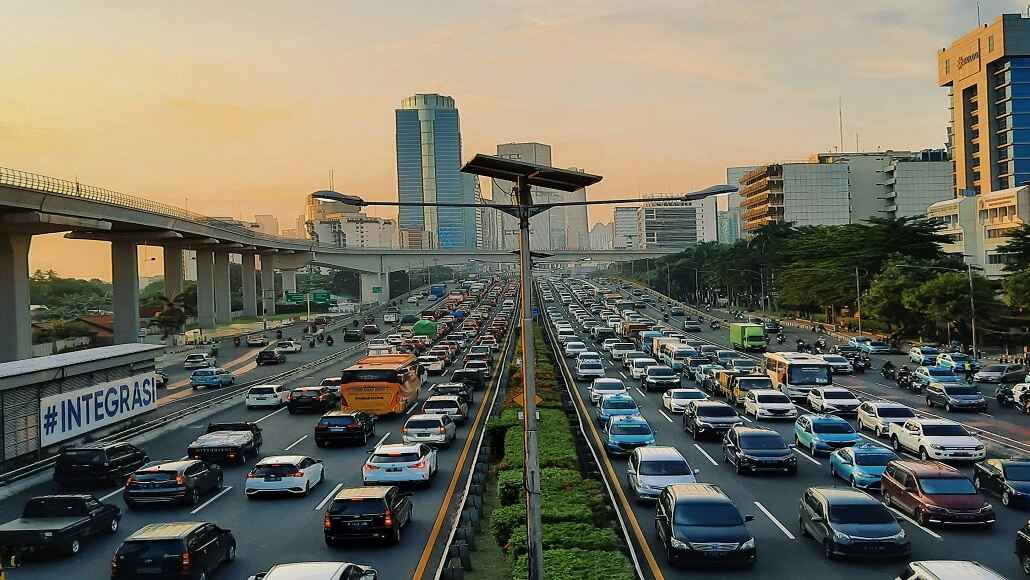The recent disclosure of an EU paper warning of the perils of China and Russia’s expanding dominance in Latin America puts transportation and politics back to the forefront. According to a document released by the European External Action Service (EEAS) to the Spanish newspaper El Pas, China is either the first or second most significant trading partner of Latin American and Caribbean countries, overtaking the EU and outperforming the United States in many countries.
Furthermore, the paper cautioned that the EU should take quick action to re-establish its regional influence by growing investments. For example, in South America, an investment plan worth 8 billion euros is being advocated, with transportation and infrastructure progressively becoming levers for expanded political sovereignty. Not only Europe, but China’s neighbouring countries like Bangladesh are also sceptical on BRI.
A Glance Back In Time
China’s Belt and Road Initiative was established in 2013 by Chinese President Xi Jinping. It is China’s principal foreign cooperation and economic policy, focused mostly on infrastructure projects that strengthen regional connections and the global supply chain.
The Belt and Road Initiative is also known as the New Silk Road, after the old Silk Road that connected Eurasian regions. Many people believe that the New Silk Road is limited to overland transportation, specifically rail. Indeed, a crucial component of the BRI is the web of China-Europe trains across Eurasia, says an independent specialist and consultant on China and geopolitics, Frans-Paul van der Putten.
The Chinese project, on the other hand, comprises the Maritime Silk Road, which concentrates primarily on improving marine transport ties. The New Silk Road is connected to maritime transport systems that link all continents via ports in Asia and Europe, explains van der Putten. China’s investments in other continents, such as Latin America and Africa, make sense in this framework.
Latin American BRI
The BRI currently covers 149 nations globally. In terms of Latin America, the initiative includes 21 of the region’s 33 countries. These countries are in Central and South America as well as the Caribbean. Argentina, the BRI’s newest member, is among them, as are Bolivia, Chile, and Cuba.
The large and growing figure demonstrates that the majority of Latin American countries are already reaping the benefits of their financial collaboration with China. Nonetheless, China benefits from investing in South America because it strengthens diplomatic relations with the area, gives market access and raw materials, and helps Chinese enterprises globalise. Cooperation on BRI with South American countries increases BRI’s status as a global effort, as well as China’s role as a major participant in globalisation and global relations, van der Putten emphasises.
The Involvement And Response of Europe
China’s expanding influence in Latin America sounded the alarm in European headquarters, prompting the EU to take rapid investment measures to counter China’s global growth. However, China’s presence in the region is not new. As van der Putten stated, like in other areas, governments in South America entered the BRI gradually rather than overnight.
As a result, the concern in Brussels is likely due to a delayed European realisation that it is losing valuable international partners rather than China’s rapid rise. For Europe, BRI entails a less central role in transcontinental transport networks for the continent, van der Putten adds. Europe risks losing political influence in addition to its intercontinental transit role, because investment and access to global markets go synonymously with political sovereignty.
Is there, however, a dramatic remedy that may upset or negate the global balance of power? To some extent, the EU can balance China’s expanding might by preserving and improving its transportation linkages with Latin America, Africa, and Asia. However, given China’s strong economic linkages with underdeveloped nations, the EU cannot prohibit China from evolving into a prominent operator in global transportation networks, van der Putten said.




